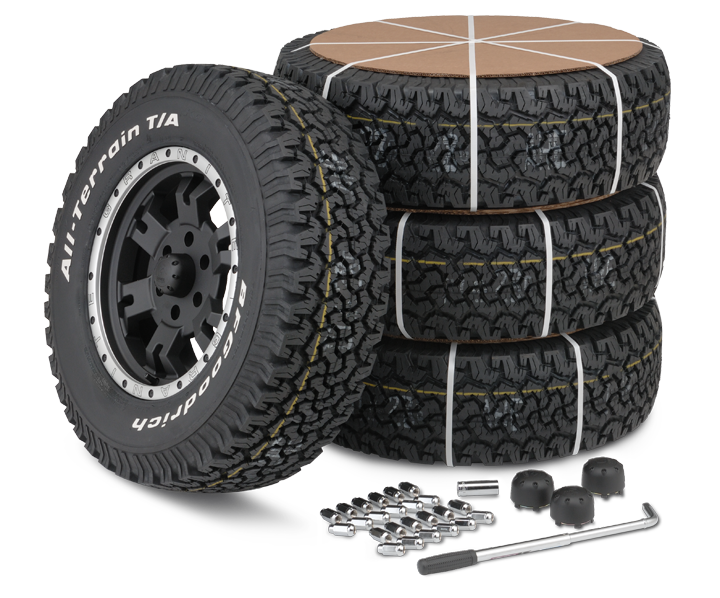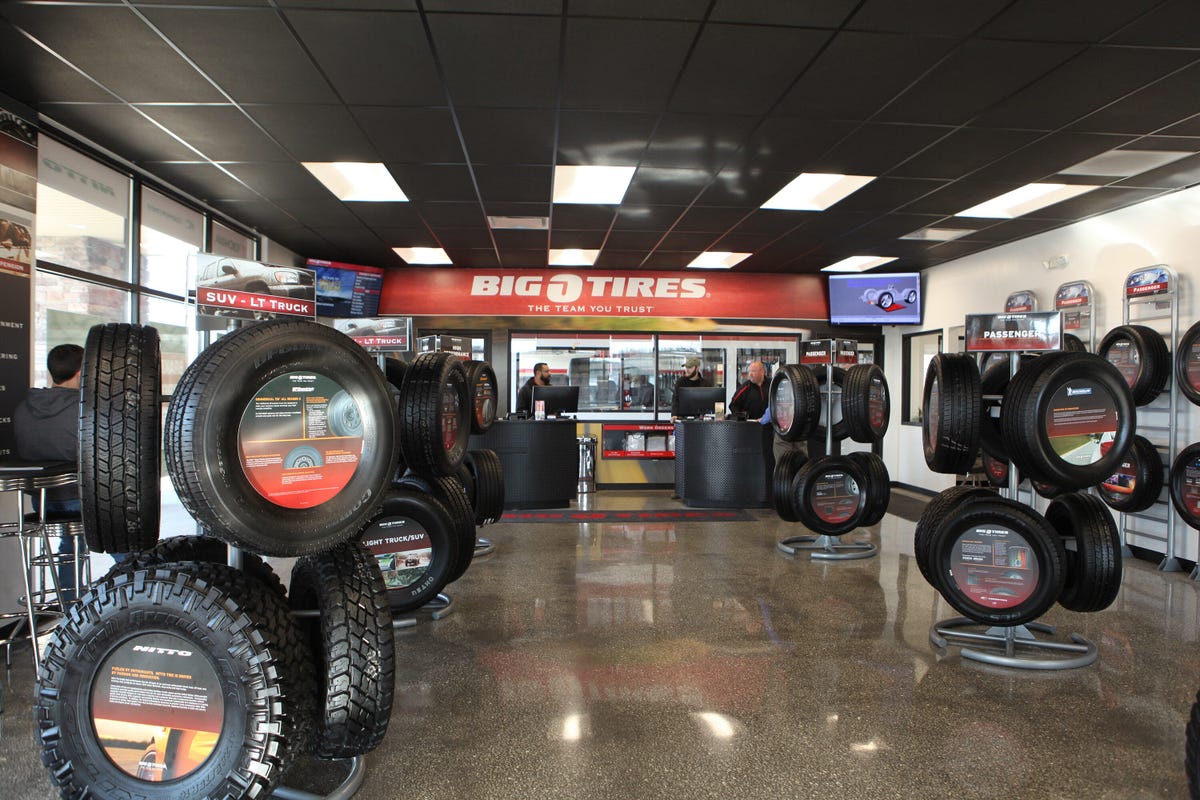Tire Service: Understanding Tire Pressure Tracking Equipments
Recognizing Tire Pressure Surveillance Systems (TPMS) is a vital element of keeping optimal car efficiency and safety on the road. With developments in automotive modern technology, TPMS has ended up being a standard feature in modern-day automobiles, offering real-time info on tire stress levels.

Relevance of TPMS
The significance of Tire Stress Monitoring Equipments (TPMS) depends on their ability to enhance automobile security and efficiency with real-time tracking of tire stress levels. Preserving the proper tire pressure is critical for making sure optimal handling, braking, and general safety of an automobile. TPMS gives motorists with immediate feedback on any overinflated or underinflated tires, enabling prompt changes to be made.
Parts of TPMS
Comprising various crucial components, a Tire Stress Tracking System (TPMS) works as an advanced security attribute in modern automobiles. The main components of a TPMS consist of sensing units, a control module, and a caution sign. Sensors are commonly located in the tire shutoff stem or connected to the wheel assembly, where they measure tire stress and transfer data to the control module. If it spots dramatically low pressure in any of the tires, the control module processes this info and sets off a warning. The caution indicator, frequently a sign on the control panel, notifies the motorist to check the afflicted tire or tires. Some advanced TPMS designs also present the real tire pressure readings for each tire, supplying motorists with real-time details to guarantee optimum tire efficiency and safety and security. By keeping track of tire stress continually, TPMS aids stop mishaps, reduces tire wear, and boosts gas efficiency, making it an essential part for automobile security and performance.
Kinds Of TPMS

On the various other hand, indirect TPMS depends on the lorry's wheel speed sensing units to monitor tire stress. This system spots underinflation by comparing the rotational rates of the wheels. Indirect TPMS is less pricey than direct TPMS, as it uses existing sensors within the vehicle.
While direct TPMS uses more exact analyses, indirect TPMS is easier in style and normally needs less maintenance. Both systems have their advantages and restrictions, and the option in between them typically depends upon aspects such as expense, vehicle make, and personal choice. Recognizing the differences in between these two sorts of TPMS can aid vehicle owners make informed decisions concerning tire upkeep and safety.
TPMS Maintenance Tips
Conduct regular checks on the tire stress levels and compare them with the TPMS readings to ensure they are regular. Throughout tire turning or replacement, make sure that the TPMS parts are managed very carefully to protect against any type of prospective damage. If the TPMS cautioning light brightens on the control panel, address the concern quickly by checking the tire pressures and the general system for any type of faults.
Benefits of Proper Tire Pressure
Keeping correct tire pressure, as emphasized in TPMS Upkeep Tips, is vital for reaping the many advantages linked with ideal tire pressure degrees. Additionally, appropriate tire pressure guarantees also tire wear, expanding the lifespan of the tires and advertising safer driving conditions. In final thought, the benefits of appropriate visit site tire stress go beyond simply tire long life; they incorporate boosted gas efficiency, enhanced safety and security, better automobile performance, and general driving convenience.
Verdict
To conclude, understanding tire pressure surveillance systems (TPMS) is vital for maintaining optimal tire stress and making certain lorry safety and security. By identifying the relevance of TPMS, knowing with its elements, knowing the various types readily available, sticking to proper maintenance pointers, and understanding the benefits of keeping proper tire stress, drivers can boost their driving experience and prolong the life-span of their tires. Proper tire stress is crucial to effective and risk-free automobile procedure.
